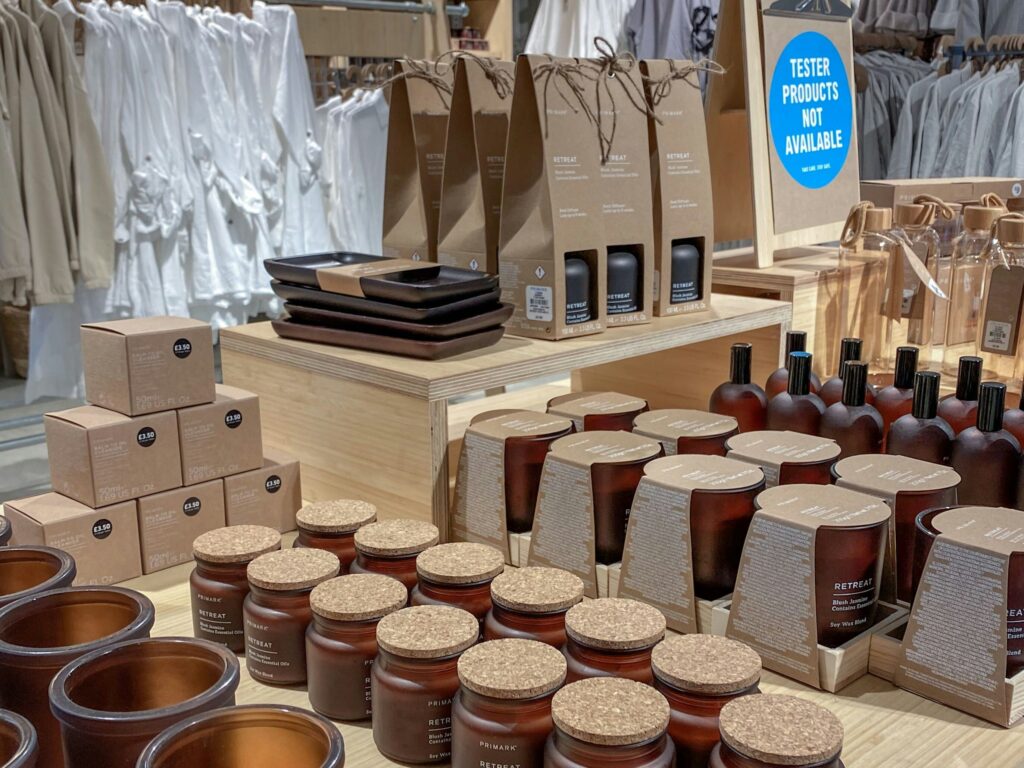There’s no doubt about it, transparency is pivotal for brands in today’s landscape.
It’s essential if you want to build trust and relationships with consumers, stand out from your competitors, and maintain a positive reputation.
In fact, 60% of consumers believe that being trustworthy and transparent are the most important traits for a brand to have. After all, honesty is the best policy!
For consumers, the environment has become an increasing cause for concern and impacted what they look for in a brand as well as the products they purchase.
According to a study by Bain & Company, 64% of people worry about sustainability and find their concerns are only growing.
As a result of this, more and more brands are keen to emphasise the work they’re doing to be more sustainable and reduce their impact on the environment. Unfortunately, this has led to a lack of transparency due to the rise in the number of claims of greenwashing.
Greenwashing is a hot topic right now and something you should be aware of, so you can steer clear of it.
In this post, we’re going to find out what greenwashing is, how to avoid it, and look at examples of brands accused of greenwashing to give you a better understanding of what it looks like in today’s landscape.
What is greenwashing?
Greenwashing is an unethical marketing technique/form of advertising.
It’s used by brands to deceive consumers into believing that what they offer is environmentally friendly. This is to attract and retain customers who are concerned about how the products they use affect the environment.
For example, palm oil is an edible vegetable oil used in manufacturing everyday items such as shampoo and cereal. Its production has contributed to mass deforestation and is now something brands and consumers try to avoid.
You may remember Iceland’s alternative advertising approach at Christmas in 2018 when they released ‘Rang Tang’ in a bid to raise awareness of the destructiveness of palm oil.
Rang-Tang was originally created by Greenpeace, an independent network that confronts global environmental problems. Clearcast rejected Iceland’s use of Rang-Tan as they didn’t agree with Greenpeace’s political beliefs.
Despite being banned, the advert racked up over 70 million views and 1 million and hit home with audiences in the UK.
If you aren’t sure what greenwashing looks like, notable examples include:
- The use of deceptive language
- False claims about a brand’s product, service, or policies
- The use of misleading imagery
- Hiding new partners or deals that could lead to a negative impact on the environment
- Exaggerating product features to overshadow its negative environmental impact
It’s clear that greenwashing can come in various forms, but where did it come from?
Where did greenwashing come from?
Greenwashing is nothing new. The term was coined almost 40 years ago by prominent environmentalist Jay Westerveld.
Jay is an ecologist and researcher of habitats associated with endangered species.
In 1983, as an undergraduate student, he travelled to Fiji where something caught his eye.
Jay noticed that a popular hotel encouraged residents to reuse their towels to reduce ecological damage, but quickly came to realise that this claim was false. It was the hotel’s effort to lower the cost of washing to save money and fund the expansion of the resort.
And, this was when Jay first thought of greenwashing.
3 years later, in 1986, Jay used the phrase in a term paper on multiculturalism.
A classmate asked Jay to write an essay on greenwashing and later published it in a New York literary magazine.
Then it wasn’t long before greenwashing gained traction and began to impact consumer behaviour.
In a joint study by McKinsey & Company and Nielsen IQ, 78% of consumers stated a sustainable and identified a demand for products that claim to be environmentally and socially responsible.
As environmental issues worsen and become more unsettling for consumers, it’s more important than ever for brands to be responsible and think about their effect on the environment.
Whilst it’s a positive that brands are now more inclined to take accountability and be conscious of their impact, it has led to an increase in greenwashing.
In 2023, RepRisk’s annual survey revealed that in the previous 12 months 1 in 4 environmental, social, and governance (ESG) claims amounted to greenwashing and found that climate related greenwashing incidents had grown by 70% in the finance sector alone.
Why do businesses greenwash?
There’s no doubt that being accused of greenwashing can harm a brand’s credibility, but ironically brands often use greenwashing in an attempt to improve or recover their reputation.
They may be keen to put themselves in front of a wider audience, acknowledging that they need to appeal to those who are environmentally aware and appeal to existing customers whose needs and values are shifting.
Whatever the reason, greenwashing can have an incredibly negative impact on a brand as it can:
- Make it difficult for consumers to identify with and trust a brand
- Increase the risk of legal action being taken against a brand
- Lead to the loss of partners and sponsors
- Cause financial loss
- Undermine a brand’s image and reputation
That being said, how can you avoid greenwashing?
How can you avoid greenwashing?
Greenwashing is something you should avoid at all costs!
For many consumers, a brand’s honesty matters above all else if they’re to become loyal customers and advocates.
It’s better to be transparent about your brand’s journey to becoming environmentally friendly. A consumer would rather know it’s something a brand is trying to prioritise rather than be lied to.
Here are 3 steps you can take to avoid greenwashing:
1. Allocate resources to environmental and sustainability efforts
Whether you want to alter your product packaging or opt for bamboo toilet roll, it takes research and will likely mean you’ll need to dip into your budget. By allocating resources and budget aside for your environmental efforts, you’ll be able to see exactly what you can do in the upcoming period and make the most of your budget.
2. Set realistic goals
If you want to reduce your environmental impact, it won’t happen overnight and that’s okay. Taking small steps is better than doing nothing at all, so make sure to set yourself realistic goals that you can achieve.
3. Be clear and concise
From social media to in-house reports, keep any content and language as clear as possible so there’s no chance of misleading your employees or customers.
Examples of greenwashing
If you’re still unsure of what greenwashing looks like, don’t worry.
It can be hard to identify if you don’t know what you’re looking for, especially with the amount of information we consume day to day.
To help you understand what greenwashing is, we’re going to share 2 examples of brands that’ve been accused of it and why.
H&M
Multinational fashion retailer H&M has faced multiple claims of greenwashing.
In 2022, online publication Quartz published an investigation that alleged H&M’s environmental promises were diminished by greenwashing.
It reported that H&M was capitalising on the expanding segment of environmentally conscious consumers by greenwashing their products to make them seem sustainable.
Quartz believed that as well as using misleading language, H&M used ‘Conscious’ scorecards to convince customers that certain products were environmentally friendly when they were not.
A lawsuit was filed against H&M, but this was later dismissed.
Volkswagen
In 2009, infamous car manufacturer Volkswagen launched an international marketing campaign to promote its ‘clean diesel’ cars.
The campaign consisted of print and television advertisements, including a prime time Super Bowl commercial, and highlighted a reduction in tailpipe emissions for new models.
But this went downhill for Volkswagen years later when the U.S. Environmental Protection Agency (EPA) discovered that the company had used software to cheat emissions tests for 11 million of its vehicles.
Volkswagen’s scandalous campaign, also known as ‘Diselgate’, is considered to be one of the most notable examples of greenwashing. It led to multiple lawsuits and cost the company over 30 billion euros.
With an ever-growing conversation around global warming, sustainability, and the environment it’s become a key focus for new and existing businesses.
Want to hear more about our take on greenwashing? We’ve got you.
In this episode of The Girls in Marketing Podcast the team dives into greenwashing in marketing, what it looks like, and how varied it can be, and talks about some interesting examples.
By understanding greenwashing and what it can look like, brands can implement preventative measures to ensure they stay true to themselves and their customers.





